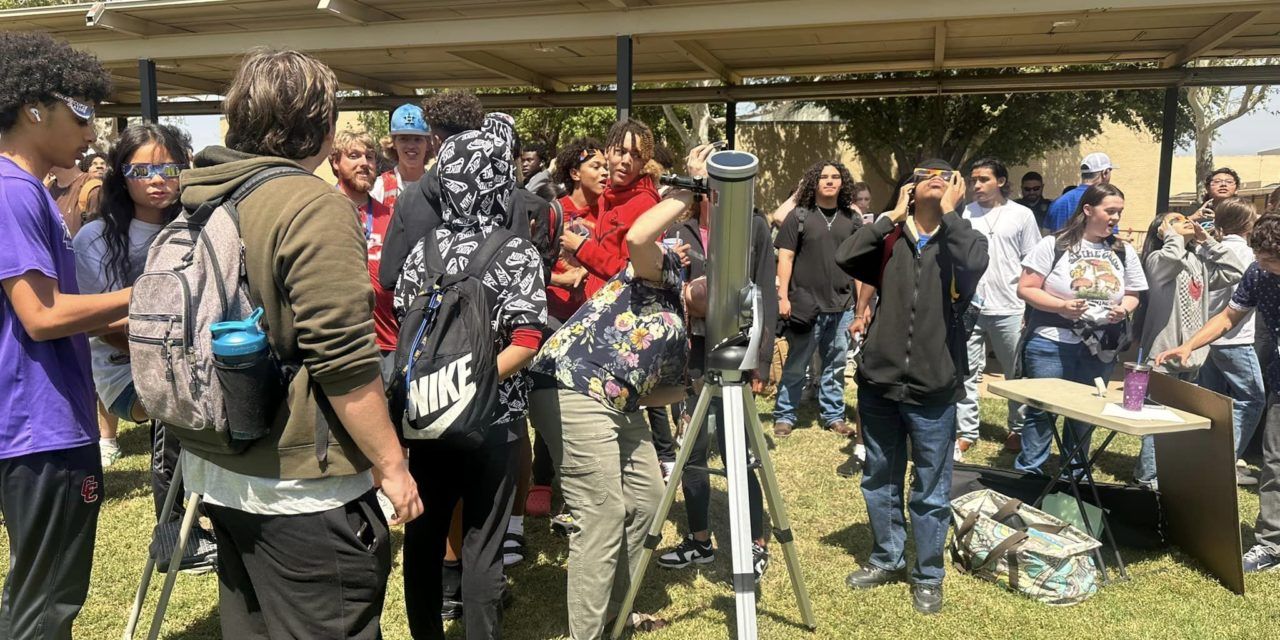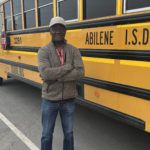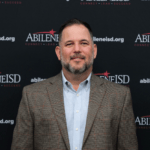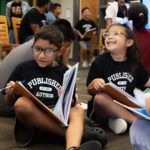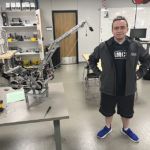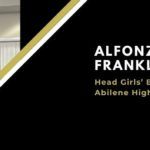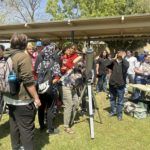By LANCE FLEMING
Abilene ISD Communications
Last Monday’s total solar eclipse provided a living classroom for astronomy and science teachers across Abilene ISD, regardless of grade level.
Cooper High School astronomy teacher Jessi Spitler set up a telescope in the campus courtyard for students and staff to view the eclipse, giving those who wanted to see it the chance to see the rare event up close. Abilene High astronomy teacher Kevin McInroe checked an item off his bucket list by traveling to Fredericksburg to watch the eclipse from the “totality zone,” where the moon completely blocked the sun.
Across the district, teachers and staff on every campus gathered outside with glasses either provided by community partners or purchased by individual campuses, principals, teachers, or students to take in the first total solar eclipse viewable in the contiguous United States since February 1979.
In Fredericksburg, McInroe joined tourists, other scientists, and space devotees in Central Texas city to take in the solar eclipse in the middle of the “totality zone.” The experience, McInroe said, didn’t disappoint.
“The last total solar eclipse that was visible in the United States was in 2017, but this one was close enough for me to travel to be able to be in the area of the total eclipse,” McInroe said. “Experiencing that phenomenon has been on my bucket list for a while, and to be able to be there was an awesome experience.”
During the event, McInroe took hundreds of photos and performed some experiments during the four minutes of darkness.
“I took readings as the temperature dropped (during the total darkness phase) to luminosity readings (amount of light) as it dropped,” he said. “Those were terrific opportunities to learn more about the impact of the total eclipse on the earth. The photos I took don’t do justice to the experience. Seeing the total eclipse with my eyes and other people was awesome.”
In Abilene, Spitler enjoyed watching the reaction of students and staff who watched the eclipse through her telescope and eclipse viewers or glasses.
“It was such a fun experience to share with the students and staff at Cooper,” Spitler said. “I love doing astronomy outreach because I love seeing the awe and joy when people experience events like this. We were very close to the path of totality, but we still saw about four percent of the Sun at the peak. It’s crazy how bright four percent of the Sun still appears.”
Like McInroe, Spitler set up some experiments while the eclipse was happening, including one looking at the temperature drop, which she said impressed the students.
“Many of the students have taken or are currently taking my astronomy class, so it was fun for me to see them apply their knowledge while sharing the event with their friends and other teachers,” she said. “Even knowing what to expect, most students were impressed by how dark it got, but they were even more impressed by the temperature drop. We recorded the temperature every 15 minutes throughout the afternoon and saw a total drop of 15 degrees Fahrenheit. The students were also very excited to be able to locate and view Venus and Jupiter in the sky during the darkest part of the eclipse.”
The next total solar eclipse that will be viewable from the contiguous United States won’t occur for another 20 years, which gives NASA and other scientists and astronomers two decades to continue studying the unknown.

